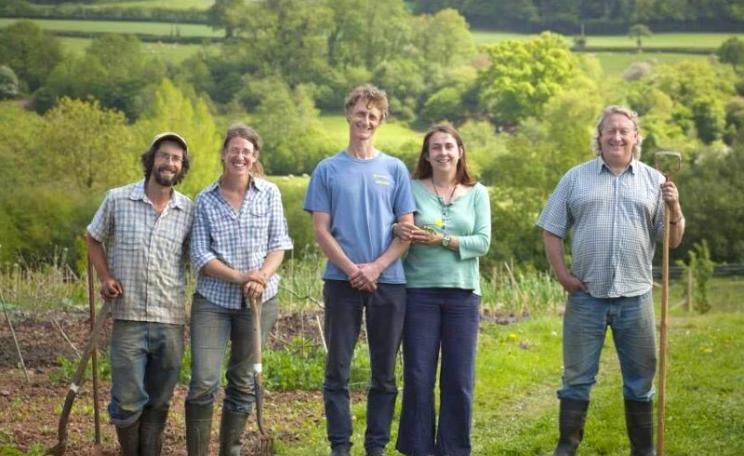Farmers attempt to make their land more productive with the use of fertilisers and the latest equipment for tilling the soil, spending huge amounts of money.
The earthworm, on the other hand, achieves the same effect - albeit on a far slower and smaller scale. Earthworm manure is rich stuff, however. By the time the worm has munched through soil, plant material and ‘organic litter’, many minerals that were previously unavailable to plant roots become available.
Earthworms play a vital role in both the ecology of soil and the agricultural environment. As Gilbert White observed in his journals, published as The Natural History of Selbourne (1789): “Worms seem to be the great promoters of vegetation by boring, perforating, and loosening the soil, and rendering it pervious to rains and the fibres of plants; by drawing straws and stalks of leaves and twigs into it; and most of all, by throwing up such infinite numbers of lumps of earth called worm-casts, which, being their excrement, is a fine manure for grain and grass.”
Indeed. And it is the role of the humble earthworm in the ecology of the farmer’s field that makes the recent discovery, by a team of scientists at Cardiff University, so significant.
The researchers found that that the family to which the common earthworm belongs is more diverse than previously thought, and this in turn may have important consequences for agriculture.
The UK common earthworm - found in gardens and on agricultural land - is now understood to be composed of a number of distinct species that may have different roles in food chains, soil structure and ecology.
The discovery was made unexpectedly when the Biotechnology and Biological Sciences Research Council (BBSRC) funded team were looking at ways of developing tools to identify earthworm DNA in the guts of slugs and worm-eating beetles.
According to Dr Bill Symondson, who led the team: “When we were working to find new tools to detect earthworm DNA we started getting results that were not really what we expected to see and that indicated the presence of several new earthworm species. After investigating this further we eventually found that there are significant numbers of what we call ‘cryptic species’. These different species live in the same environment and have the same outward appearance, but do not interbreed and have clearly distinct DNA sequences.”
Steve Visscher, Deputy Chief Executive of the BBSRC, adds: “Maintaining productive land is an important challenge. These researchers didn’t set out to find new species of worms but by following up on an unusual observation in their work their work they have uncovered several new species already. This knowledge will be important for many people researching ways to get the most out of our agricultural land in the future.”







